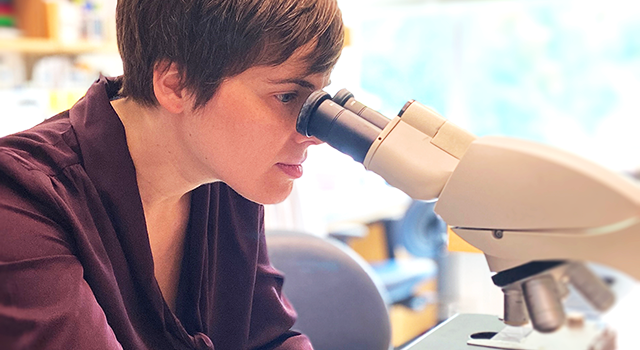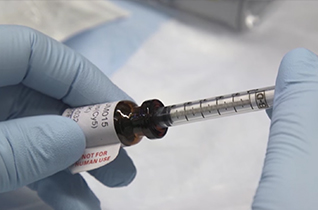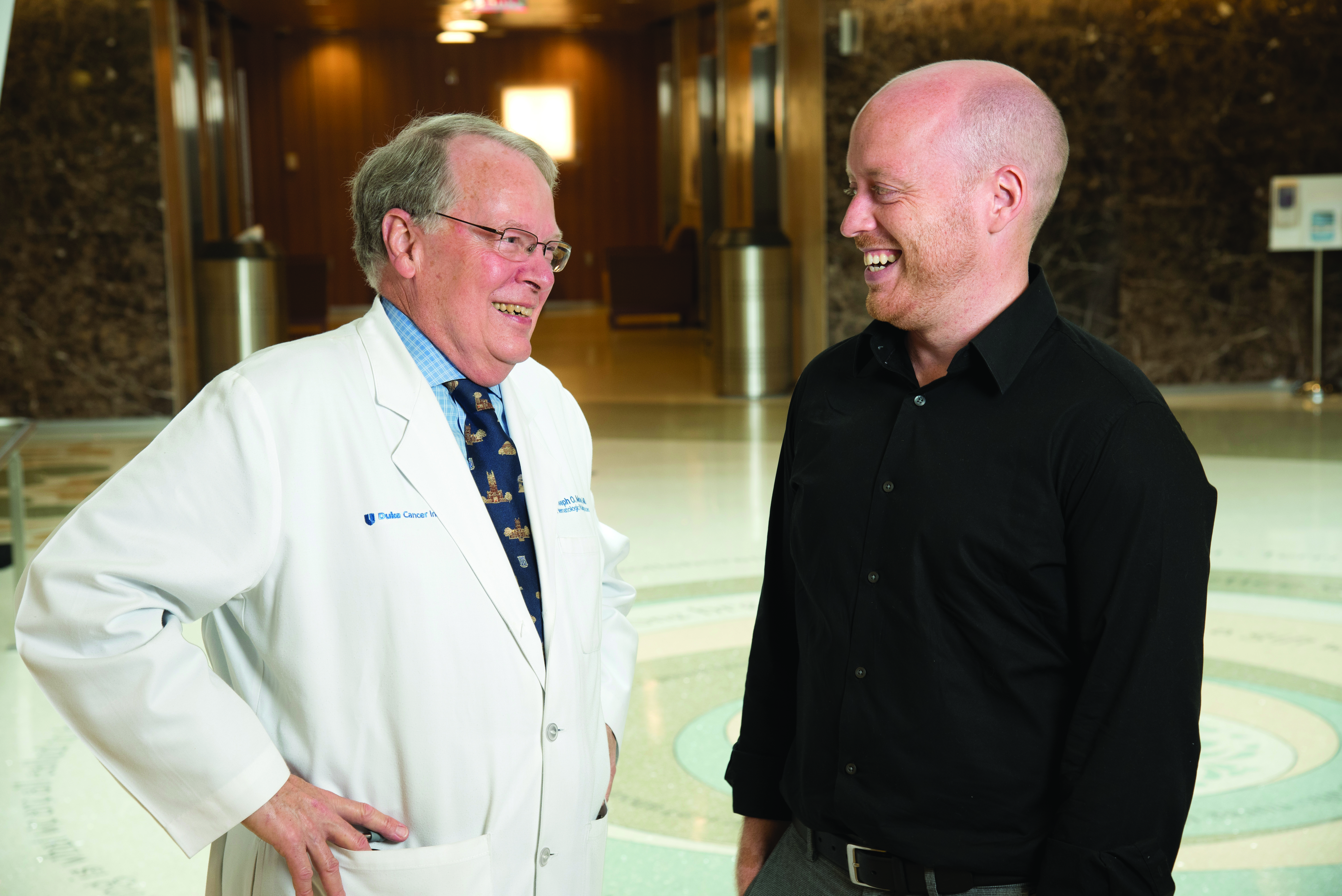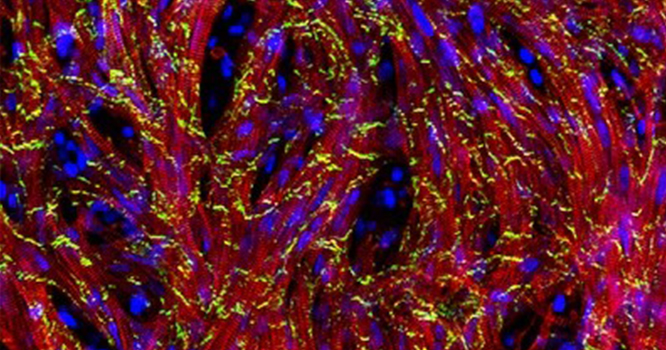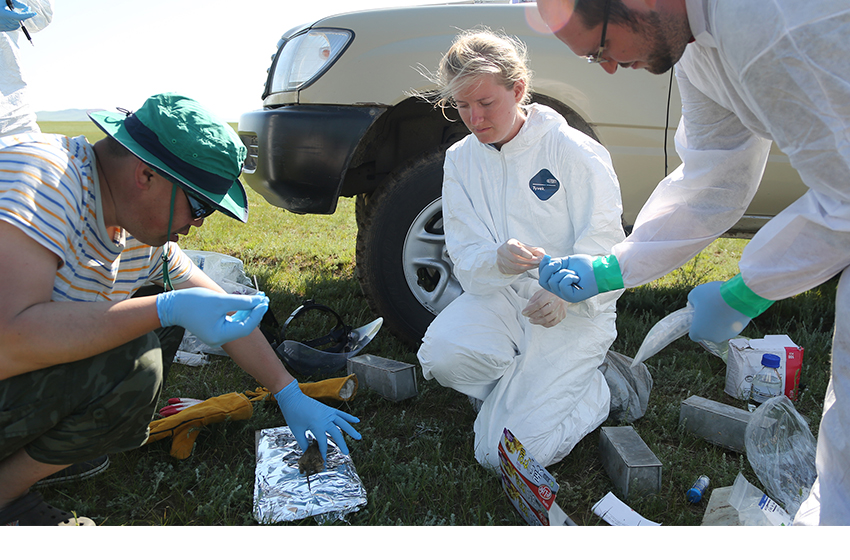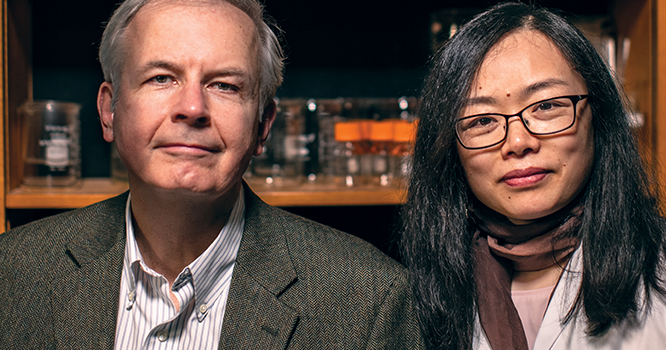
What if we could disable the defense mechanisms that enable cancer cells to evade treatment, or even control their genes to prevent them from developing into tumors in the first place? Can we enhance our brain’s ability to forestall damage from Alzheimer’s disease and other neurodegenerative conditions? Is it possible to develop a vaccine for everything?
